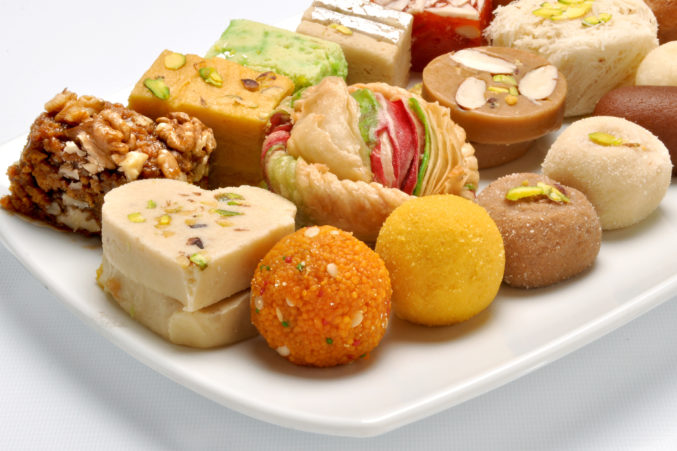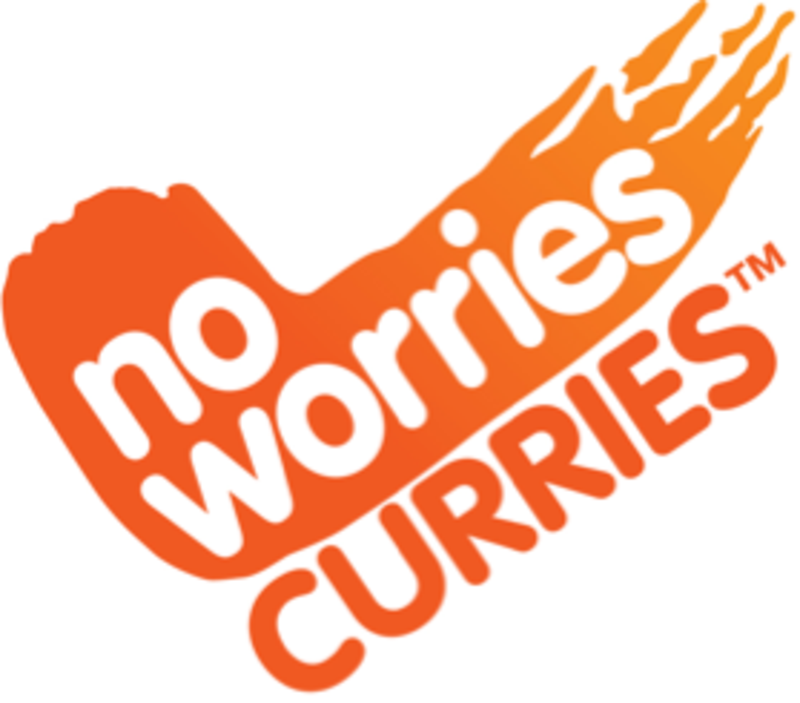There is nothing like coming home after a long period of travelling and eating out at restaurants, in trains and on the street, and finally tucking into a meal prepared in your very own kitchen. Even if that meal is as simple as you toasting bread, spreading vegemite and butter on top of it and sitting half naked on the kitchen counter munching on the said creation.
In India, the notion of a home-cooked meal concocts sensations of familiarity, comfort, belonging and security. Whilst there is a huge culture of eating out at the literally millions of places, be they grand as the Taj Hotel or as humble as the pani puri vendor at the end of the street (click here and here to learn more about the deliciousness that is pani puri), there is also an unsaid recognition and appreciation for the meal that is prepared at home, with love and tenderness, usually (but not always, as things are changing) by the mother. This meal is sacred and wasting it, a big sin.
A common sight in India is bringing home-made ‘tiffins’ to work. ‘Tiffin’ means lunch and, until I lived and worked in India, I can honestly say I never really had a proper ‘lunch’. In Australia, it is common for us to bring sandwiches or something cold for lunch packed from home. Every now and then leftovers that can be heated up, is more of a treat than the ordinary salad sandwich. In India, home-packed tiffins are taken to new heights with spicily-prepared vegetables and hot, soft roti made at home in the morning and packed just in time for hubby, kids and self to take to school and work. Can you imagine waking up early enough to not only prepare breakfast for the family, but also hot lunch, and then get them and yourself ready to be out of the house? Well it happens, and all for the love of a home-cooked meal.
I remember when I first started working in India and it was my first office lunch, I went to the canteen to order food whilst my colleagues accompanied me with stylish and compact bags. Whilst I waited for my food to be prepared, they opened their bags to reveal an assortment of tiffin boxes, some stainless steel and multi-stacked (like in the image below) and others colourful, like the tupperware they sell at tupperware parties in Australia. Each box was carefully packed; rice separated from curry; cooked vegetable separated from roti; a special container to make sure the home-made yoghurt wouldn’t leak and; even a small box with a homemade sweet. All of these tiffins would be spread out amongst colleagues and graciously shared, each colleague boasting about their mum’s amazing pilaf or their wife’s to-die-for jeera aloo (potato and cumin seeds). On a day your mum prepared a dish that was not one of your favourites; no problems, it was easily exchanged with a colleague who liked what you got in your tiffin and vice versa. I felt out of place with my canteen food but within no time, the tiffins were pushed to my side of the table and I was asked to taste everything. After a few weeks of settling in, I too began cooking fresh food in the morning and taking it to work in my tiffin (not as stylish as theirs but nevertheless serving its purpose) and feeling the joy of opening up my tiffin and sharing my cooking efforts with those around me. There is something about homemade food that makes it taste different, and I put that down to one ingredient - love. You wouldn’t prepare meals for your loved ones with outdated ingredients, wilting leafy vegetables or unfamiliar additives. You take pleasure in seeing them enjoy that which you have made and therein lies the love. Not to my surprise, when I have prepared food in anger, or eaten food prepared in anger, this has reflected in the taste which says a lot about the importance of food preparation!

A tradition that remains strong in India is the notion of cooking fresh and eating fresh. I have friends who refuse to eat food for dinner that was prepared in the morning. ‘But it’s stale’ they argue as I guiltily think of eating curries back home that my dad prepared a week in advance (in my defence, certain curries become tastier days after they are prepared). Before the advent of fridges, freezers and microwaves, food was consumed soon after it was prepared and so this practice continues on in many modern and traditional homes across India. If families do not have the time, they hire a cook to prepare food in their home. Such is the importance placed on the home-cooked meal.
Whilst I can appreciate that eating fresh at every meal is not practical for most, I definitely believe we can prepare homemade meals more often and with greater variety, leaving restaurants and take-out for celebrations, special occasions and those days where cooking anything at all requires levels of energy we cannot muster. That’s where we at No Worries Curries come in. Indian and Asian cooking can be daunting to someone who loves the flavours but is not familiar with the methods and the delicate balance of multiple spices. We take the ‘worry’ out of making curry and provide you with authentically blended spices to create your very own Indian feast from the comfort of your kitchen (with recipes on the back of each blend because the love is real for you dear friends). The most empowering factor is that you are in control. If you like it hot, then add more chilli. If you want a vegetarian version, replace proteins with ingredients like tofu or kidney beans. Our range of spices allows you flexibility in flavour, ingredients and quantity.
Why trust us? We have grown up entirely on spices and we know just how nourishing they are when regularly consumed. We also believe in the power of homemade meals and want you to be able to do the same, even if you are preparing a dish from a place that seems foreign but whose flavours and textures have won your heart (read - tastebuds). Here’s to homemade food - that it may always replenish us with the love we all deserve and that we may savour it more often than our busy lives permit!
Inserted image: http://www.saurabhsteel.com/tiffin-carrier/clip-belly/53
By Conchita A. de Souza









